Pakistan’s identity war — I
The biggest identity crisis for Pakistan is between radical Islamism and a pluralistic vision of a Muslim state.
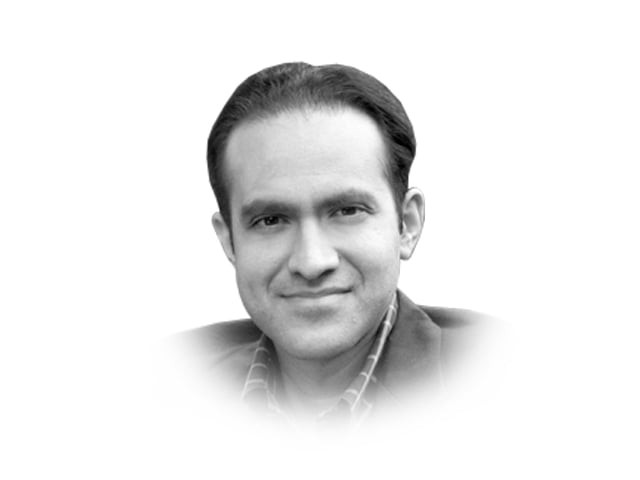
The article became the most commented piece on the Foreign Policy website within a couple of days. I was accused of everything, from being an American imperialist to an ISI agent to a Punjabi Islamist! Most of the comments came from secular Pakhtuns who claimed that this was an insult to their sensibilities and they were just as progressive as any other Pakistani or Afghan. I reminded readers of the success of Islamist parties in the region and also provided some data from the only opinion poll conducted in Fata by the New America Foundation (which, admittedly, has some methodological limitations). While the Taliban specifically are not popular, parties with strong Islamist sympathies were very popular and 87 per cent of the Fata residents surveyed opposed drone strikes but 70 per cent surprisingly supported the Pakistani Army. On the other hand, a majority of secular urban Pakhtuns generally blame the Pakistan Army and ISI for instability in Fata. So we are left with a contradictory and ambiguous set of policy pressures within the Pakhtuns, and the longest war in US history raging in their heartland.
For the record, my own lineage is happily very heterogeneous — my maternal side traces its roots to Herat in Afghanistan while my paternal side is partly Rajput-Punjabi and, for good measure, I am married to a Kashmiri. Born in America and educated in Pakistan for my secondary schooling years, I returned to the United States for all my higher studies and now reside in the state of Vermont. So I am decidedly an independently thinking ‘Pakistani-American’, a Muslim of the order of Jinnah.
Let us then consider the question of Pakhtun identity. No doubt there have been some very progressive pacifist Pakhtun leaders, most notably Badshah Khan, who was known as ‘Frontier Gandhi’ for having a more inclusive vision of regional identity. Yet, like other parts of Pakistan, their identity fractures fall across rural-urban divides. By neglecting rural education and espousing cultural excuses of pride and honour, the Pakhtuns have allowed radical ideologies to gain greater traction in their midst. Wherever tribalism reigns, Islamists find fertile ground for their action. In southern Punjab, where I have done research on the rise of sectarian madrassas, feudalism created a space for the Islamists to operate. Radicalisation was also given financial succor in both cases by allowing for the Saudis and the Iranians to play their proxy Sunni-Shia wars in our country. Causality in this regard is, therefore, highly complex. Instead of indulging in self-serving blame games, we need to be practical and figure out how to deal with the country’s current identity crisis. For me, the single biggest identity crisis is not between Punjabi, Baloch, Pakhtun or Sindhi but rather between radical Islamism and a pluralistic vision of a Muslim state that, most likely, Jinnah had in mind. This rift, I would argue, is just as acute and consequential as the rift was between Hindus and Muslims in British India that led to Partition.
Published in The Express Tribune, March 11th, 2011.

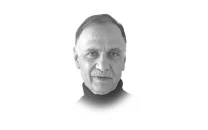
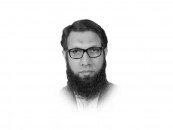
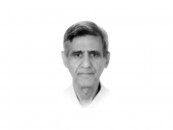




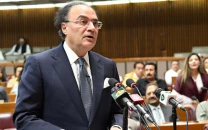
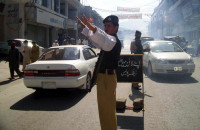
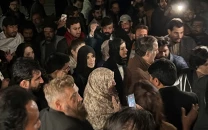
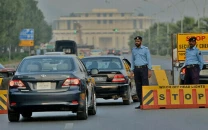
1729471601-0/image-(8)1729471601-0-208x130.webp)
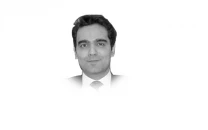
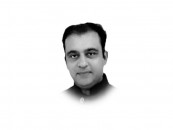
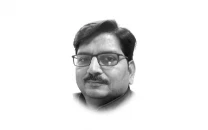
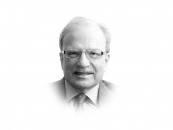
COMMENTS
Comments are moderated and generally will be posted if they are on-topic and not abusive.
For more information, please see our Comments FAQ